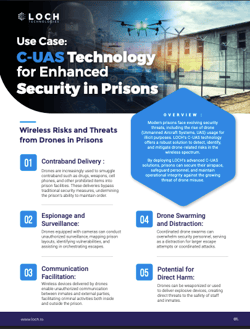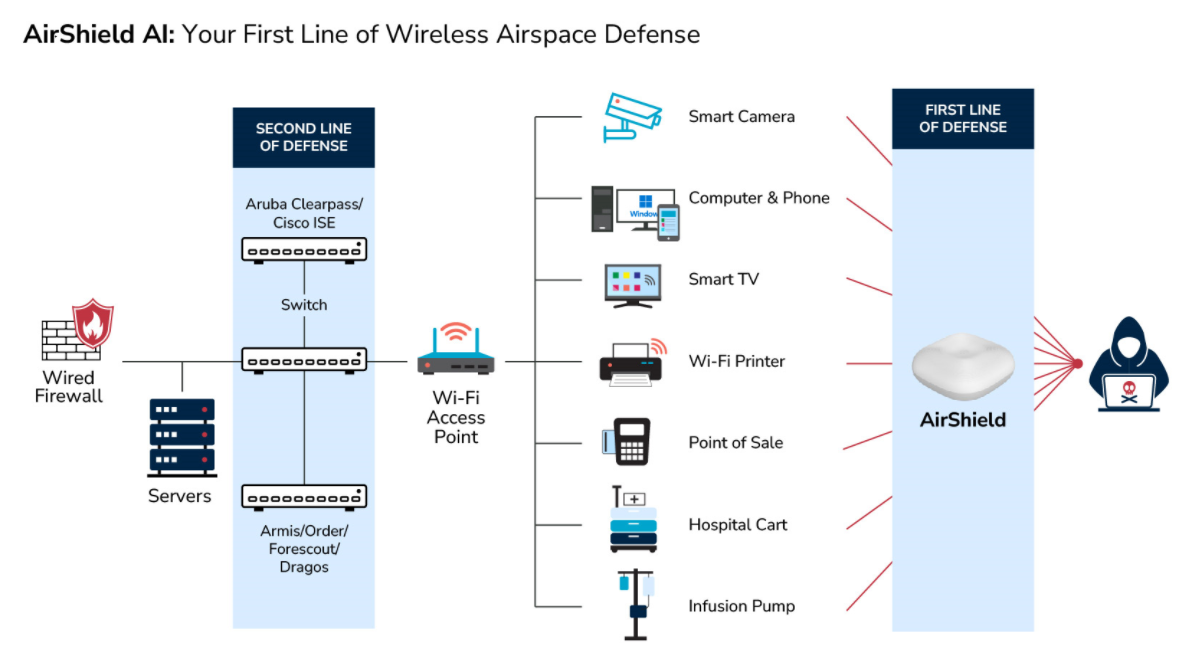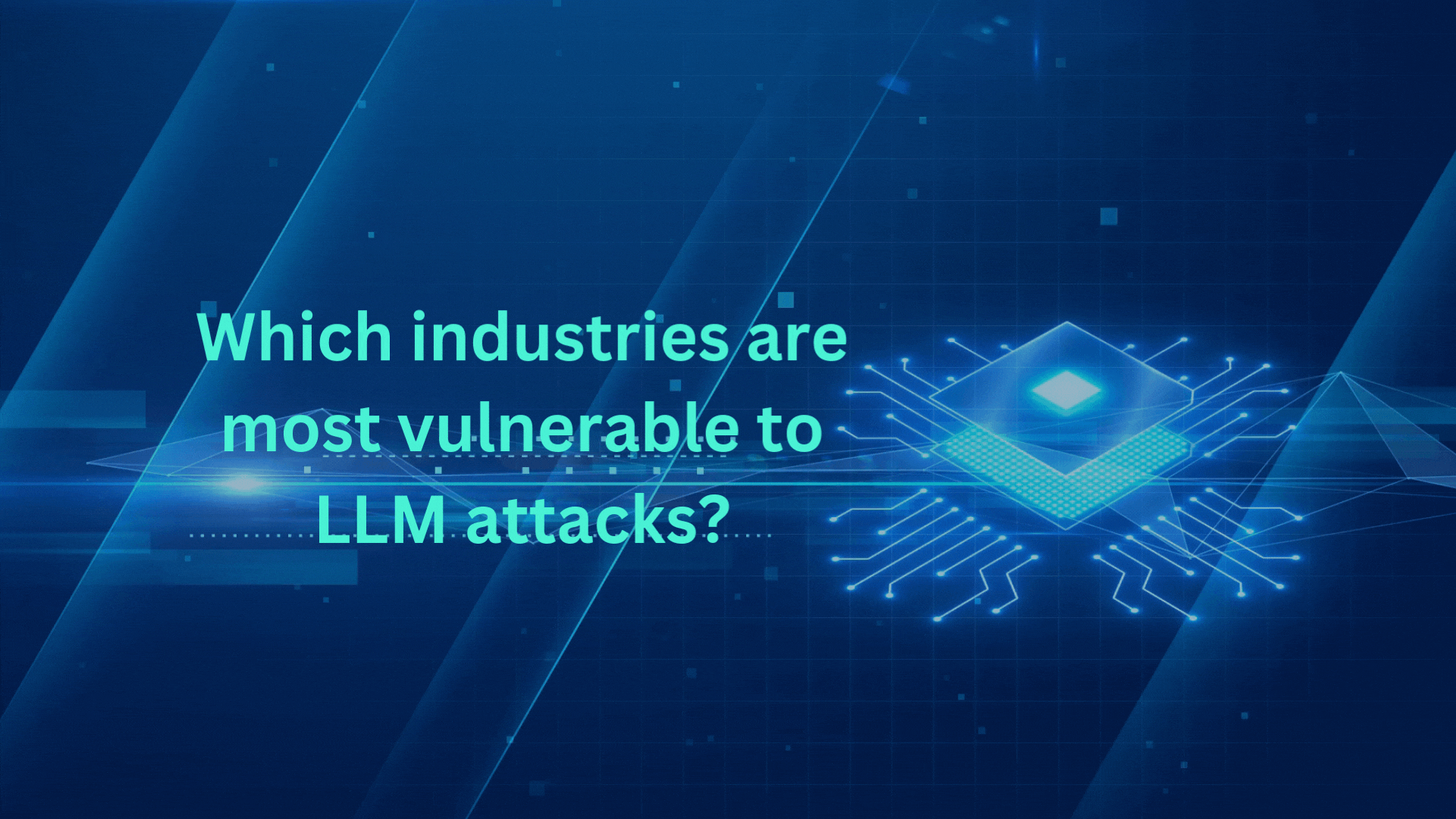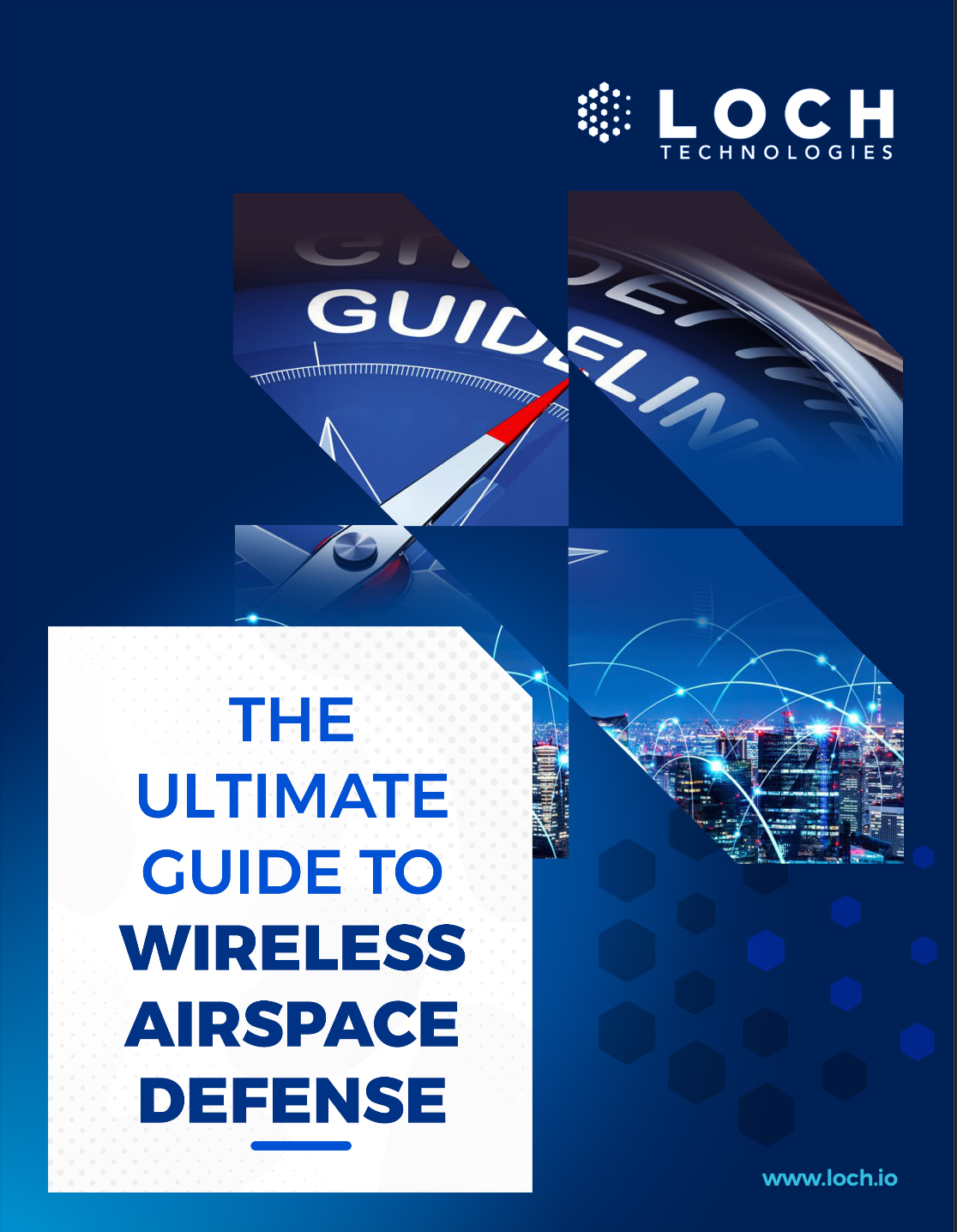

C-UAS Technology for Enhanced Security in Prisons
LOCH’s Wireless Airspace Defense offers a robust solution for law enforcement agencies, particularly police departments, to mitigate wireless risks effectively.
By leveraging advanced AI and machine learning for real-time detection, assessment, and response, LOCH ensures that law enforcement agencies can maintain secure and reliable communications, protect sensitive information, and operate with confidence in their wireless environments.
Wireless Risks and Threats Impacting Law Enforcement and Police Departments
Unauthorized Access and Interception
Threat: Unauthorized individuals could gain access to sensitive information by intercepting wireless communications (e.g., radio transmissions, Wi-Fi networks).
Impact: Leaked information could compromise operations, endanger officer safety, or undermine investigations.
Rogue Devices and Networks
Threat: Malicious actors could deploy rogue access points or devices to mimic legitimate networks, tricking personnel into connecting and revealing sensitive data.
Impact: This could lead to data breaches, network compromise, and unauthorized access to critical systems.
Signal Jamming & Denial of Service (DoS) Attacks
Threat: Attackers could use jamming devices to disrupt wireless communications, including police radios, cellular networks, or Wi-Fi.
Impact: Disruption of communication channels during critical operations, potentially compromising response times and coordination.
Spoofing and Impersonation Attacks
Threat: Malicious entities could spoof legitimate devices or networks, impersonating law enforcement communication to spread false information or gather intelligence.
Impact: Could lead to misinformation, operational confusion, or misallocation of resources.
Bluetooth & IoT Device Exploitation
Threat: Exploitation of vulnerabilities in Bluetooth and Internet of Things (IoT) devices used by law enforcement (e.g., body cams, mobile devices).
Impact: This could result in data breaches, unauthorized access to sensitive video/audio, or manipulation of device functionalities.

Join Us at the Security & Policing Home Office Event – Farnborough, UK, March 11th - 13th, 2025
Read More
Creating the Next Frontier in Wireless Technology: The Critical Need for Wireless Airspace Defense
Read More
The Silent Threat of Rogue Wi-Fi Networks on Navy Ships – How LOCH's AirShield Could Have Prevented a Security Breach
Read MorePotential Impacts on Business Operations
Reputation & Trust Erosion
Breaches and exploits can damage public trust in law enforcement agencies, especially if sensitive information or ongoing investigations are compromised.
Decreased Morale & Internal Security Risks
Continued security breaches can demoralize law enforcement personnel and lead to a lack of confidence in the department’s ability to protect their information and ensure their safety.
Operational Disruptions
Loss of communication capabilities during critical incidents can hinder coordination and response, increasing risks to public and officer safety.
Downtime and recovery from attacks can lead to operational delays and increased costs.
Compromised Data Integrity & Security
Unauthorized access to police databases can result in compromised evidence integrity, leading to legal challenges or invalidated cases.
Loss of confidential informant information or witness data could endanger lives and hamper investigations.
Financial & Legal Repercussions
Cyberattacks or data breaches could lead to costly legal challenges, penalties, and settlements.
Financial costs related to incident response, forensic analysis, and system recovery.
Comprehensive Wireless Threat Detection
Capability: Real-time monitoring and analysis of wireless signals across various spectrums (e.g., Wi-Fi, Bluetooth, cellular).
Benefit: Early detection of unauthorized devices, rogue access points, or unusual signal activities that could indicate a threat.
AI-Enabled Signal Intelligence & Anomaly Detection
Capability: Uses AI and machine learning algorithms to detect anomalies in wireless traffic, such as unusual signal patterns, unauthorized device behavior, or abnormal communication patterns.
Benefit: Provides proactive threat detection, enabling quicker response times and minimizing the risk of successful attacks.
Autonomic Cybersecurity Responses
Capability: Automated response mechanisms that can isolate or mitigate threats without manual intervention, such as blocking rogue devices or jamming attempts.
Benefit: Rapid response to threats reduces potential damage and maintains operational integrity even during an attack.
Wireless Policy Enforcement and Compliance
Benefit: Ensures that only compliant devices and connections are allowed, reducing the risk of insider threats and external intrusions.
Continuous Monitoring & Reporting
Capability: Provides continuous, 24/7 monitoring of the wireless environment and generates detailed reports on activities and incidents.
Benefit: Helps in maintaining situational awareness and provides data for post-incident analysis, compliance reporting, and refining security strategies.
Integration with Existing Security Frameworks
Capability: Seamlessly integrates with existing law enforcement cybersecurity systems and infrastructure, providing a unified approach to security.
Benefit: Enhances the overall cybersecurity posture without requiring significant changes or disruptions to current operations.
- - Detect, identify and classify all broad spectrum RF emitting devices in range
- - Device and network pairing communication map analysis and correlation
- - Risk assessment threat ranking for Zero Trust network access control
- - Mobile App for hunting rogues even if mobile
- - Wireless deep packet inspection
- - Behavioral baselining, analysis and anomaly detection/alerts
- - DVR-like capabilities for forensics, including geo-positioning
- - Carrier integration with cell. devices for anomaly detection, fraud/theft and cost management
- - List and map devices on dashboard or into SIEMs.
- - Interact with MDM and EMM assets for correlation and feedback on exceptions
- - Rectify network segmentation via interactions with SOAR, FW and/or NAC systems
- - Automate response and closure via collaboration with ITSM/ITSL and CMDBs




















